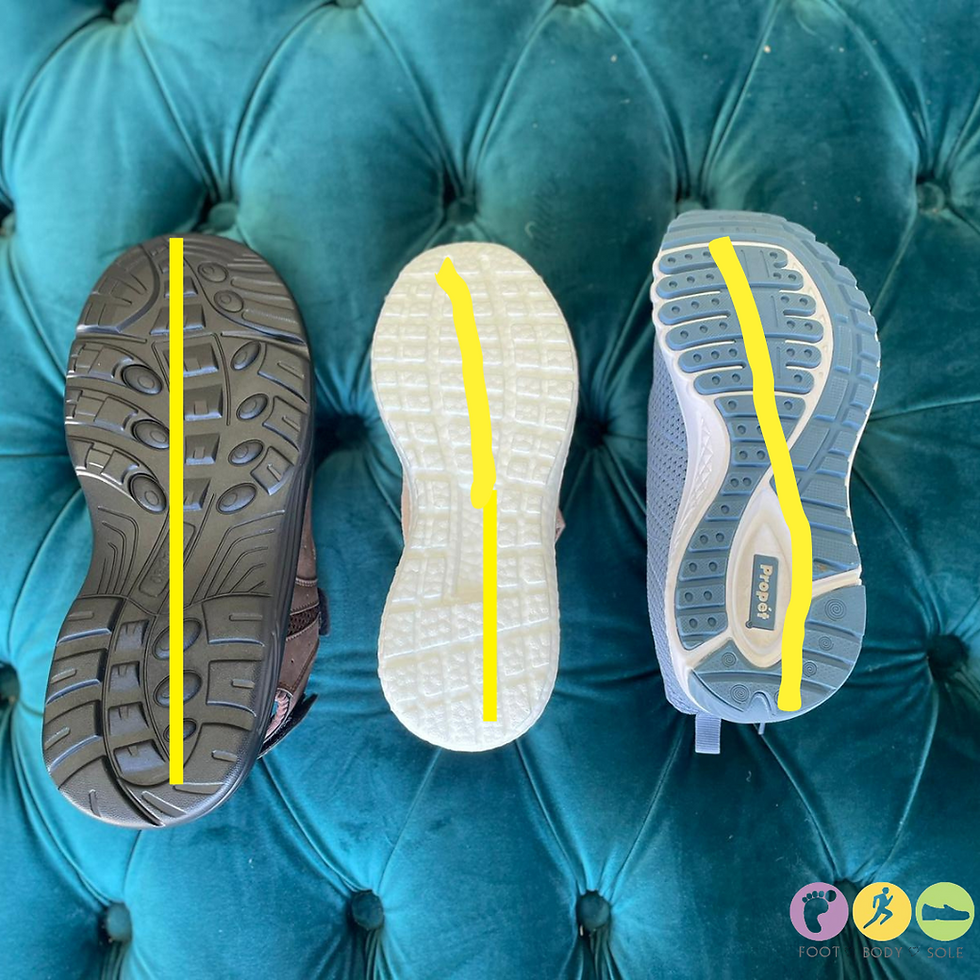HEEL SPURS - WHAT THEY ARE AND HOW TO TREAT THEM
- Foot Body Sole
- Jan 15, 2020
- 2 min read

The term 'heel spurs' is widely used in the medical world to describe heel pain. Heel spurs are excess calcium deposits on the bottom of the calcaneus (heel bone). This occurs over a long period of time and can be caused by excessive pressure placed on the heel or injury to the muscles and ligaments that attach to the bottom of the heel. Athletes involved in high impact sports such as athletics, netball, basketball and football are susceptible to heel spurs due to the the increased pressure on the heels during running and jumping.
Risk factors for heel spurs can include poor foot biomechanics, footwear that does not provide adequate support through the heel and arch, being overweight and high impact activities.

Heel spurs often do not cause any pain. Statistics show that 1 in 10 people have a heel spur, however only 1 in 20 experience pain. Rather, the cause of pain in the heel may be due to other factors including inflammation of the soft tissues that attach onto the heel, including the plantar fascia. Heel pain can present as a very sharp pain initially, however can remain as a chronic ache during the day. In order to rule out another other potential problems, you may be sent for an X-ray and ultrasound to gain an insight into which structures are the cause of your heel pain.
Here at Foot Body Sole, we have a range of different treatment options to treat heel spur syndrome/heel pain. These include:
- Taping and orthotics to offload pressure from the heel
- Dry needling to release tension in surrounding structures
- Footwear advice to find the right shoe for your foot type
- Shockwave, ultrasound, laser and interferential therapies to assist with healing
In extreme cases where the heel spur is quite large and causing significant pain, a cortisone injection or surgery may prove to be the best treatment option. However, most patients with heel spur syndrome/heel pain will recover with conservative treatment.
If you are suffering with heel pain and require treatment, book in with one of our podiatrists today and we can implement a tailor made treatment plan to get you back on your feet!









Comments